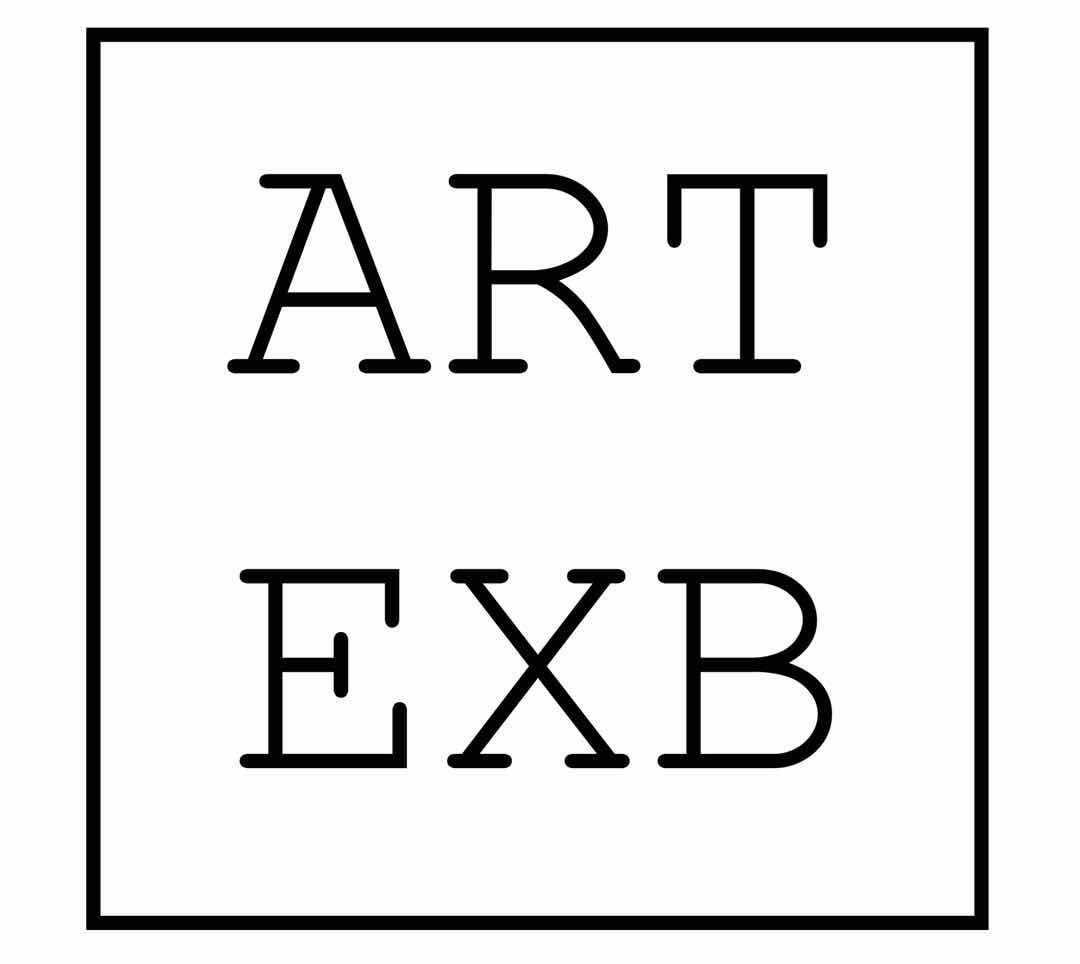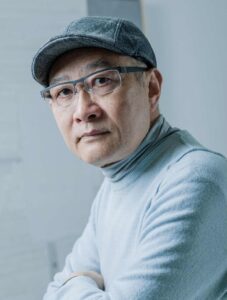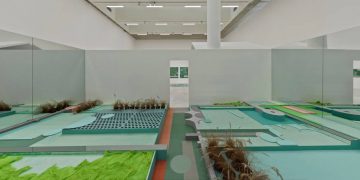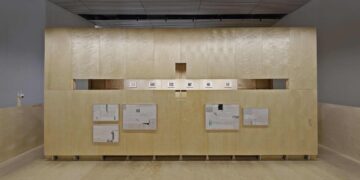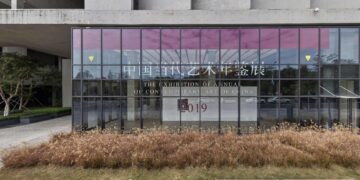梁铨,1948年出生于上海,祖籍广东中山,1980年赴美国旧金山艺术学院学习,1984年任教于中国美术学院版画系,现工作和生活于深圳。
梁铨是中国最早将传统水墨结合抽象表达的艺术家之一,构建了东西方美学语言贯通却相互区别的个人表达。写实和写意的思考用细碎的言语辩白,在形与无形之间重建秩序,细节的极致调和以至 “空” 的境界。水墨轻重有序的晕染,形的消融,真实被层层措置与堆叠的细节阐释,以一种近乎消失的方式置于现实中再次显现,空白意味着无限。表达上的让步和不明确指向,用不对抗不强加的态度应对瞬息万变,梁铨以其最具代表性的水墨拼贴,铺开淡然悠远的禅意。
Liang Quan was born in Shanghai in 1948. In 1980, Liang studied at Academy of Art College in San Francisco. He back to China in 1984 and started his career of teaching as a professor at the Printmaking Department of China Academy of Art. Liang currently lives and works in Shenzhen.
Liang Quan was one of the earliest artists in China to combine traditional Chinese ink-wash painting with abstract expressions. He framed a personal expression that western and eastern aesthetic languages interacted with each other while either of them could be distinguished. The abstract and realistic thinking is debated by fine fragments, rebuilding the order between form and immateriality, the details are subtly adjusted to “Blank”. The fact is re-interpreted by arranged layers and back to reality with an almost faded way. Blank means infinity. The expression of ambiguous point and nonresistant attitude towards reaction to constant changes, the picture renders naturally calm.
